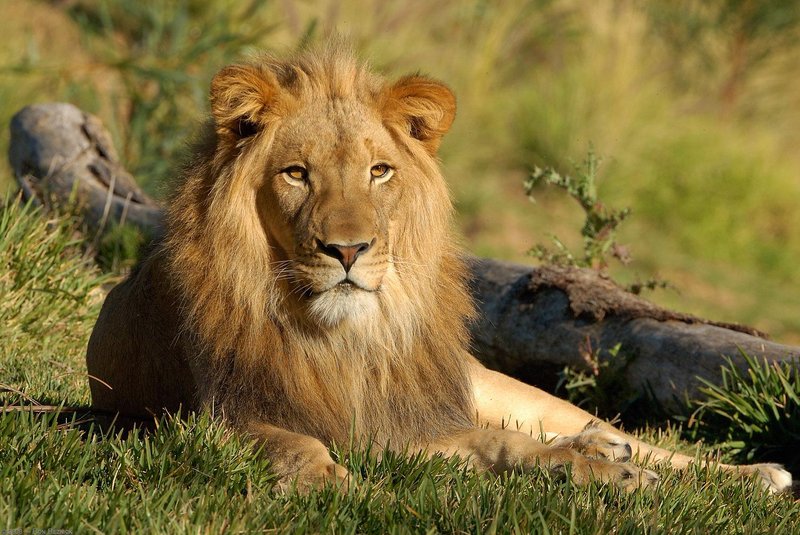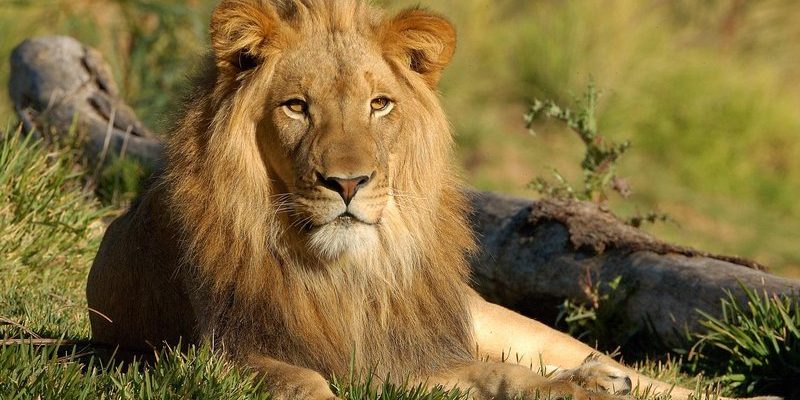
Imagine living in a world where you might never see a lion. It sounds like something from a movie, but it’s a real concern today. Lions, once roaming freely across Africa and parts of Asia, are now restricted to small habitats. You might be wondering, “Is the lion endangered?” Well, let’s dive into this pressing issue and explore the factors affecting lion populations worldwide.
The Current Status of Lion Populations
Lions are classified as vulnerable by the International Union for Conservation of Nature (IUCN). This classification means they are facing a high risk of extinction in the wild. But what does this really mean? In simpler terms, it means that if things don’t change, we may see fewer and fewer lions in the future.
Current estimates suggest that only around 20,000 lions remain in the wild, a stark drop from the approximately 200,000 lions that roamed just a few decades ago. Most of these lions are found in various national parks and reserves in Africa. Unfortunately, their numbers are not enough to ensure a healthy, sustainable population. This decline is alarming, but what’s causing it?
Major Threats to Lion Populations
There are several factors contributing to the decline of lion populations. Here are the most significant threats:
- Habitat Loss: As human populations grow, more land is needed for agriculture, housing, and infrastructure. This leads to habitat loss for lions, forcing them into smaller, fragmented areas.
- Human-Wildlife Conflict: When lions venture into livestock areas, they may be seen as threats by farmers. This can lead to retaliatory killings, further diminishing lion numbers.
- Poaching: Sadly, lions are often hunted for their bones, which are sold in illegal markets, or for sport. Poaching not only impacts individual lions but disrupts the entire ecosystem.
- Declining Prey Populations: As habitats shrink, prey animals like zebras and antelopes also face threats. Without enough food sources, lions struggle to survive.
Understanding these threats is crucial if we’re to tackle the challenges lions face and help protect them.
The Importance of Lions in Ecosystems
You might be asking, “Why should we care about lions?” Here’s the thing: lions play a vital role in their ecosystems. They are top predators, which means they help maintain a balance in the animal kingdom. By controlling the populations of herbivores, lions contribute to the health of their habitats.
When lion numbers dwindle, the balance can shift. For instance, without natural predators, herbivore populations can explode, leading to overgrazing and degradation of the environment. This ultimately affects many species, including those that humans rely on.
In other words, saving lions is not just about protecting a single species; it’s about preserving entire ecosystems and the benefits they provide.
Current Conservation Efforts
Efforts to conserve lion populations are underway, and many organizations are working tirelessly to make a difference. Here are some prominent initiatives:
- Protected Areas: Establishing and maintaining national parks and reserves helps provide safe habitats for lions.
- Conflict Resolution Programs: These programs educate farmers about non-lethal methods to coexist with lions, reducing the likelihood of retaliatory killings.
- Community Involvement: Engaging local communities in conservation efforts ensures that they benefit from wildlife tourism and understand the importance of protecting wildlife.
- Research and Monitoring: Keeping track of lion populations through research helps conservationists make informed decisions to protect them effectively.
These initiatives underscore the importance of collaboration between governments, NGOs, and local communities.
How You Can Help
Now that you know about the issues lions face and the efforts to protect them, you might be wondering how you can contribute. Here are some ways you can make a positive impact:
- Support Conservation Organizations: Donating to or volunteering with organizations dedicated to wildlife conservation can make a significant difference.
- Spread Awareness: Educating others about the plight of lions and their importance can help build a larger movement for their protection.
- Responsible Tourism: If you travel to areas where lions are found, choose eco-friendly tours that support conservation efforts.
- Advocate for Policy Change: Encourage your local representatives to support wildlife conservation policies.
Every action counts, and by getting involved, you can help ensure that future generations have the chance to see these magnificent animals.
So, is the lion endangered? The answer is a resounding yes, and the situation is dire. Yet, there is hope. Through concerted conservation efforts, community involvement, and global awareness, we can work to change the tide for lions. Protecting them isn’t just about saving a species; it’s about maintaining the balance of nature and ensuring a healthy planet for all.
It may seem overwhelming at times, but remember, every little effort counts. Together, we can ensure that the roar of the lion continues to echo across the savannas for years to come.

